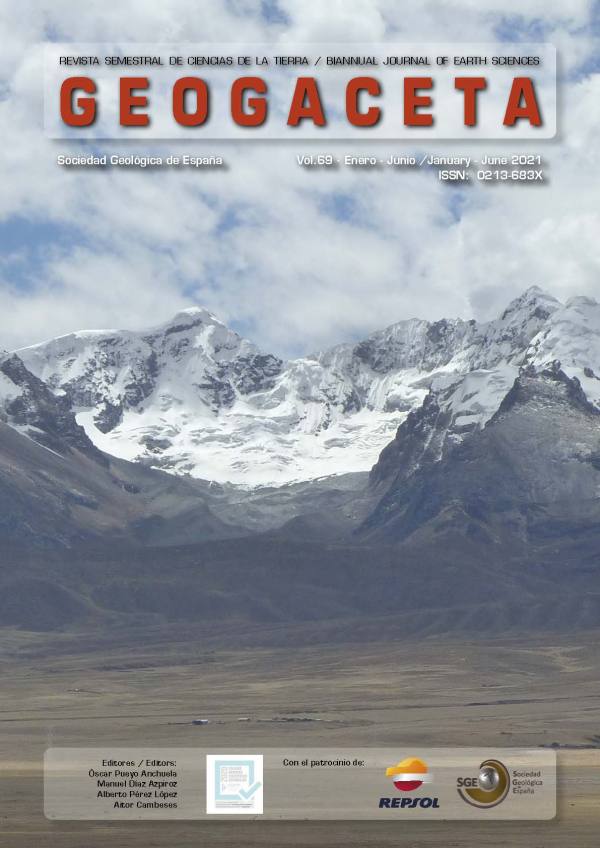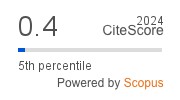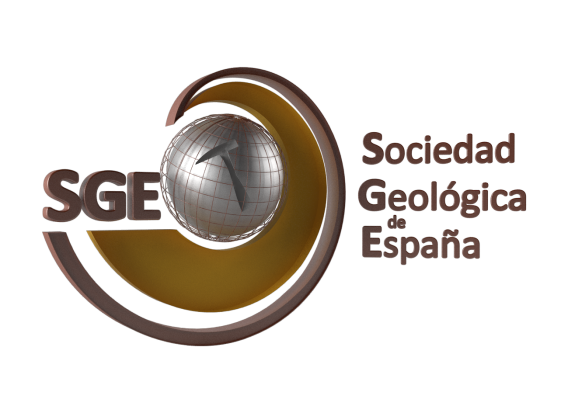Un enfoque múltiple para resolver problemas geoarqueológicos: inferencias de la minería de oro romana en el valle del Eria (León)
DOI:
https://doi.org/10.55407/geogaceta102384Palabras clave:
geoarqueología, minería aurífera romana, valle del río Eria, datación radiocarbónica, LiDARResumen
El valle del río Eria presenta uno de los mayores complejos de minería aurífera de época romana del noroeste de la península ibérica. En este trabajo se presenta un estudio geoarqueológico que combina un enfoque multidisciplinar basado en el análisis por teledetección con LiDAR aerotransportado, geología descriptiva y datación radiocarbónica. La zona estudiada presenta un entramado minero compuesto por una red de canales que dirigían el agua a distinta cota hasta las explotaciones. Los desmontes fueron realizados sobre materiales plio-cuaternarios de tipo raña y cuaternarios constituidos por depósitos de ladera, periglaciares y terrazas fluviales. El lavado de los depósitos auríferos empleó la fuerza hidráulica para deshacer y arrastrar el sedimento, dando lugar a tres tipos distintos de explotación en función de las características que presentan los diferentes depósitos. Los resultados arrojan luz sobre los materiales geológicos explotados y otros aspectos geográficos que condicionaron las técnicas de explotación de los yacimientos. El trabajo contribuye a mejorar el conocimiento sobre la minería aurífera del noroeste y su contexto geológico.
Citas
Bird, D. (1984). Papers in Iberian Archaeology 193, 341-368.
Domergue, C. (1970). In Legio VII Gemina. Diputación de León (Ed.), 253-286.
Fernández-Lozano, J., Carrasco, R. M., Pedraza, J. and Bernardo-Sánchez, A. (2020). Geomorphology, doi: 10.1016/j.geomorph.2020.107094. https://doi.org/10.1016/j.geomorph.2020.107094
Fernández-Lozano, J., González-Díez, A., Gutiérrez-Alonso, G., Carrasco, R. M., Pedraza, J., García-Talegón, J., Remondo, J., Bonachea, J. and Morellón, M. (2018). Minerals 8, 518, doi: 10.3390/min8110518. https://doi.org/10.3390/min8110518
Fernández-Lozano, J. and Sanz-Ablanedo, E. (2021). Remote Sensing, 13(2), 291. https://doi.org/10.3390/rs13020291
Lewis, P.R., and Jones, G.D.B. (1970). The Journal of Roman Studies 60, 169-185. https://doi.org/10.2307/299421
Pérez-García, L.C., Sánchez-Palencia, F.J. and Torres-Ruiz, J. (2000). Journal of Geochemical Exploration 71, 225-240, doi: 10.1016/S0375-6742(00)00154-0. https://doi.org/10.1016/S0375-6742(00)00154-0
Sánchez-Palencia, J. (1980). Noticiario arqueológico hispánico 8, 213-252.
Sánchez-Palencia, J. (2014). In: Minería romana en zonas interfronterizas de Castilla y León y Portugal (J. Sánchez-Palencia, Ed). Junta de Castilla y León, Valladolid, 135-180.
Sánchez-Palencia, J. and Currás-Refojos, B. (2014). In Las guerras Astur-Cántabras (J. Camino Mayor, E. Peralta Labrador and J.F. Torres Martínez, Eds). KRK Ediciones, Gijón, 273-285.
Descargas
Publicado
Cómo citar
Número
Sección
Licencia

Esta obra está bajo una licencia internacional Creative Commons Atribución-NoComercial-CompartirIgual 4.0.
Hasta el año 2023 el autor/a cedía el copyright (“derechos de autor”) a la Sociedad Geológica de España, pero desde el 2024 el/la autor/a conserva los derechos de autor y concede a la Sociedad Geológica de España el derecho de la primera publicación y de manera no exclusiva cede la distribución de cada artículo en todos los soportes actuales o futuros, al mismo tiempo que ceden, también de manera no exclusiva, los derechos comerciales para la distribución de la versión impresa de Geogaceta. Por otra parte, los artículos, a partir del año 2023, están disponibles simultáneamente a su publicación, bajo la licencia Creative Commons CC BY-NC-SA 4.0, que permite copiar, transformar el trabajo, pero si se distribuye transformándolo, el nuevo trabajo debe distribuirse bajo la misma licencia, y nunca con propósitos comerciales, al tiempo que se reconoce la autoría y la publicación original en GEOGACETA, de tal manera que el único rol del copyright es dar a los autores el control sobre la integridad de sus trabajos y el derecho de ser adecuadamente reconocidos y citados.









